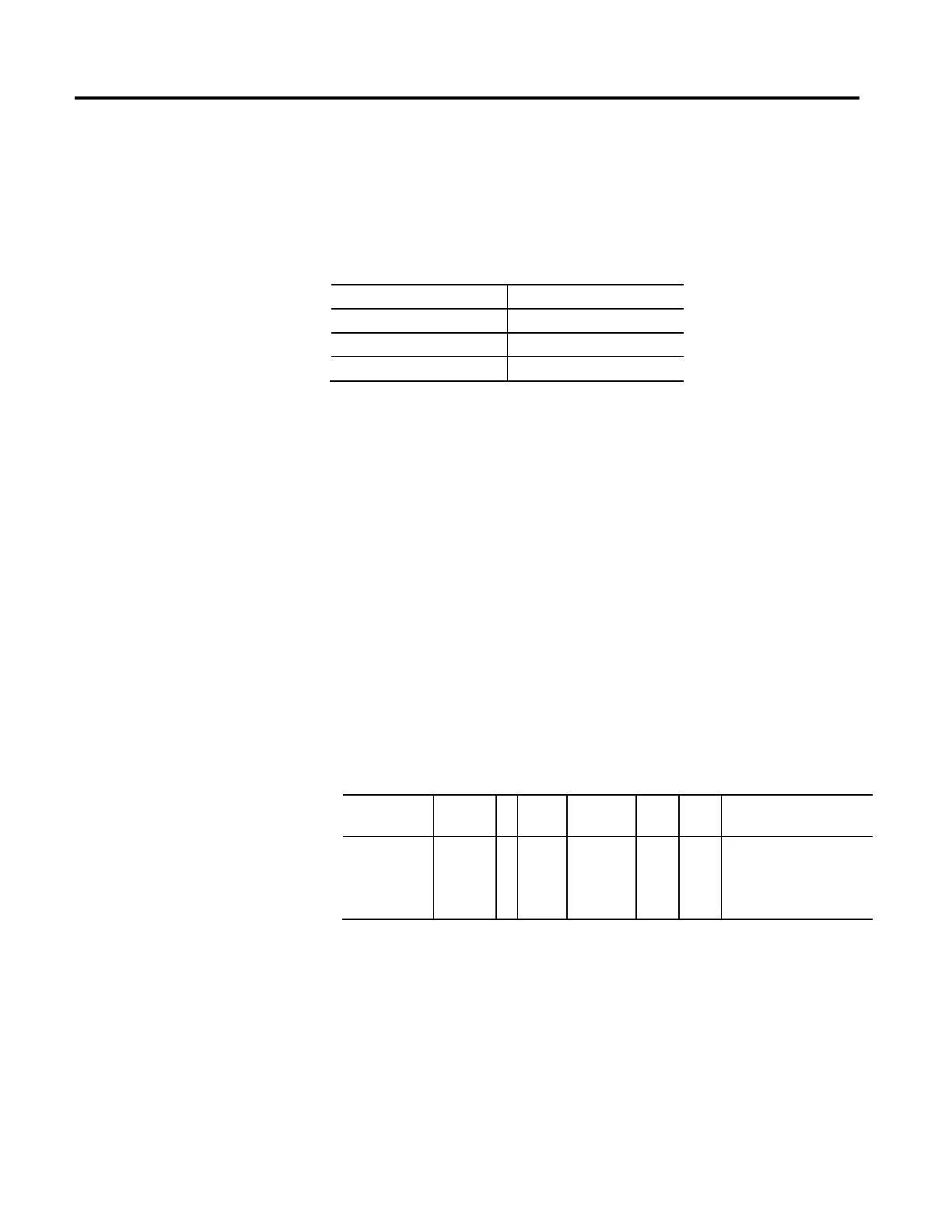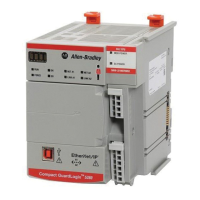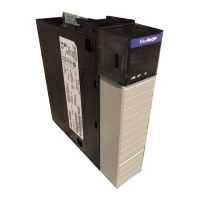264 Rockwell Automation Publication MOTION-RM003I-EN-P - February 2018
The Loop Response attribute is used by configuration and auto-tune software to
determine the responsiveness of the control loops. Specifically, configuration
software uses the Loop Response attribute to determine the value for the Damping
Factor, Z, used in calculating individual gain values. The Damping Factor value
applied is based on the enumerated Loop Response value according to the
following table:
Loop Response Damping Factor
Low 1.5
Medium 1.0
High 0.8
A High setting for Loop Response is best suited for systems that demand the
highest level of control performance. Generally these are rigid mechanical systems
with relatively light load inertia/mass, for example, Load Ratio < 3.
A Medium Loop Response setting is best suited for general purpose control
applications with modest loading, for example Load Ratio < 10. This setting can
accommodate both rigid and compliant mechanical systems.
A Low setting for Loop Response is best suited for systems that control heavy load
inertia/mass, for example, Load Ratio > 10. The heavy load inertia/mass of these
systems generally required lower position and velocity loop bandwidths to
maintain stability and minimize motor heating.
Overall system performance can be improved for a given Loop Response setting by
compensating for the load inertia/mass by setting the System Inertia value to the
Total Inertia of the mechanical system.
Load Coupling
Usage Access T Data
Type
Default Min Max Semantics of Values
Required - C Set/GSV
USINT 0 - - Enumeration:
0 = Rigid
1 = Compliant
2-255 = Reserved
The Load Coupling attribute is used by configuration and auto-tune software to
determine how the loop gains are derated based on the current Load Ratio. In high
performance applications with relatively low Load Ratio values or rigid mechanics,
typically no derating is applied. For applications with relatively high Load Ratios
and compliant mechanics, derating the loop gains based on the Load Ratio is
recommended. The derating simply divides the nominal loop bandwidth values by
a factor of the Load Ratio + 1.

